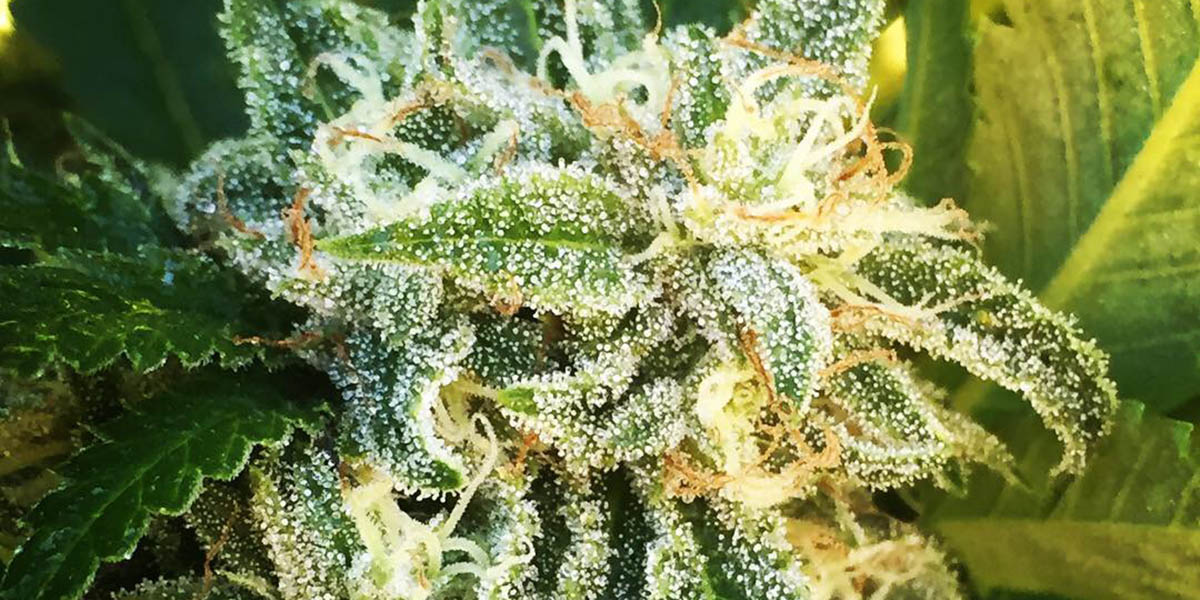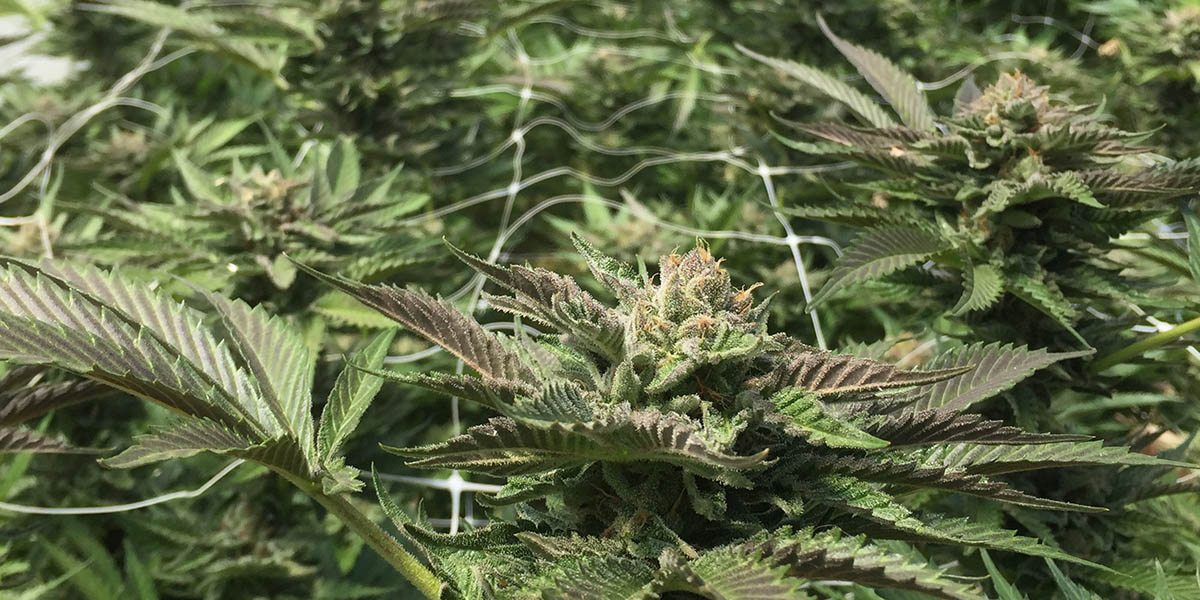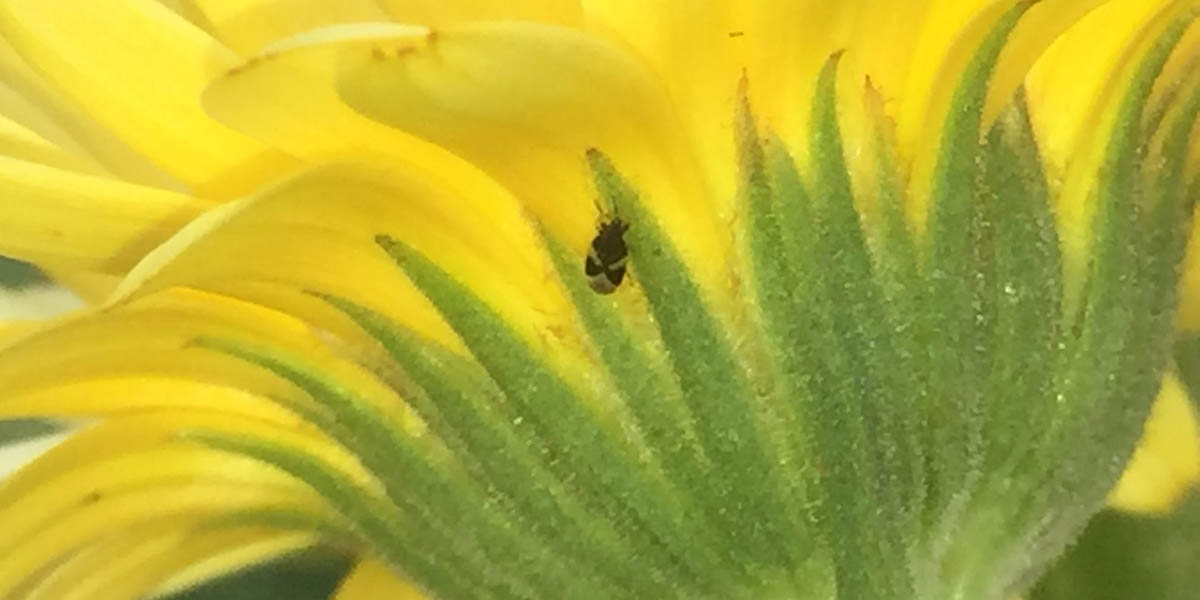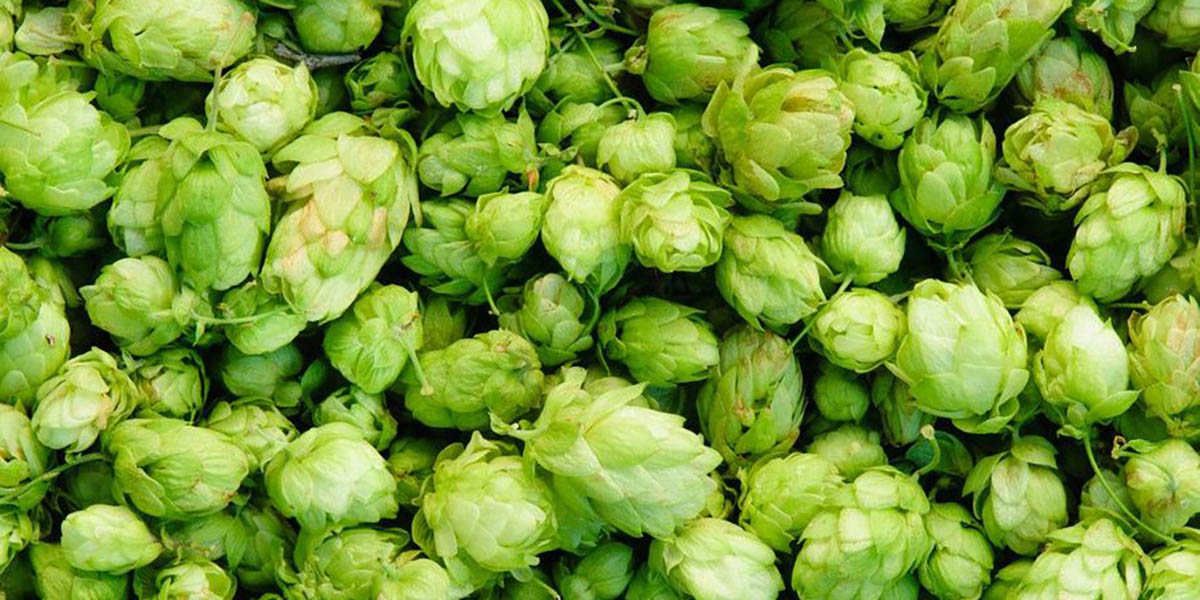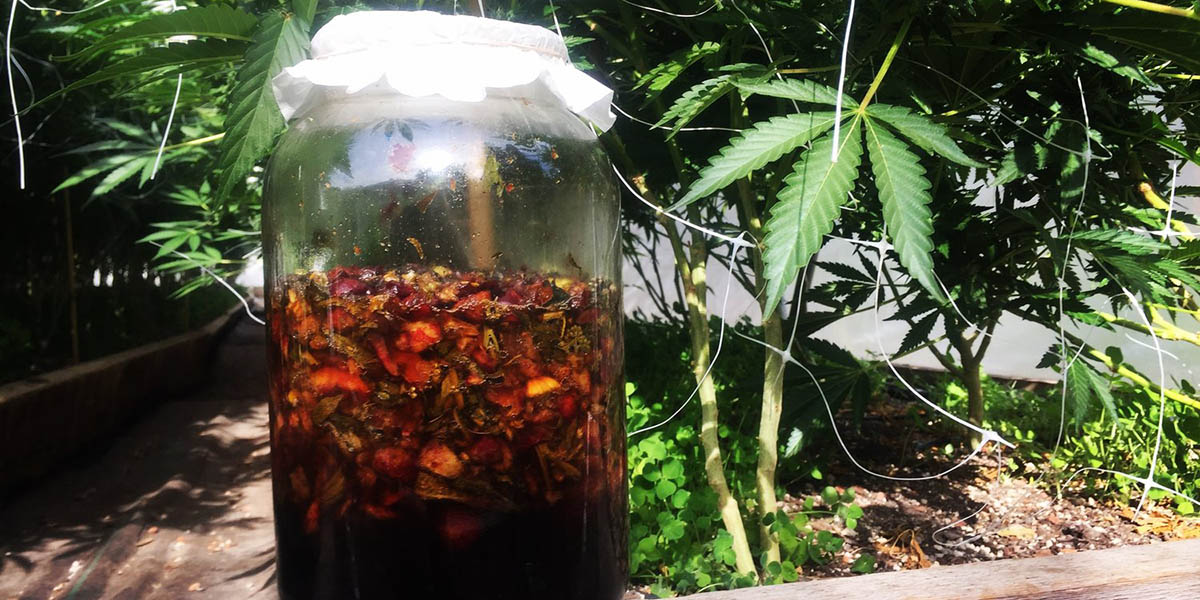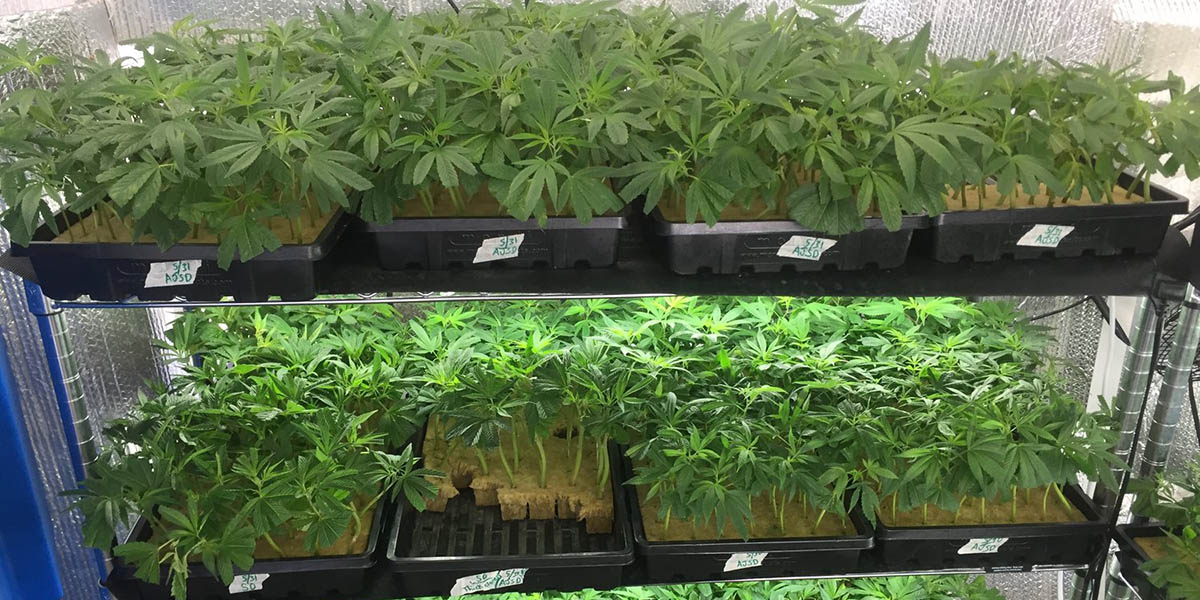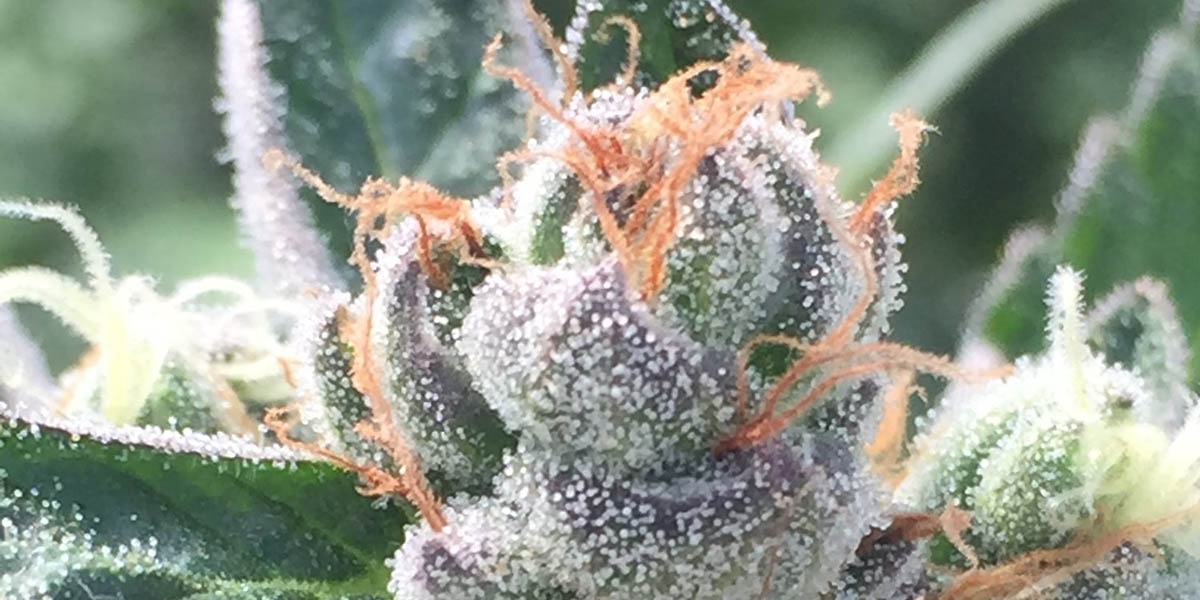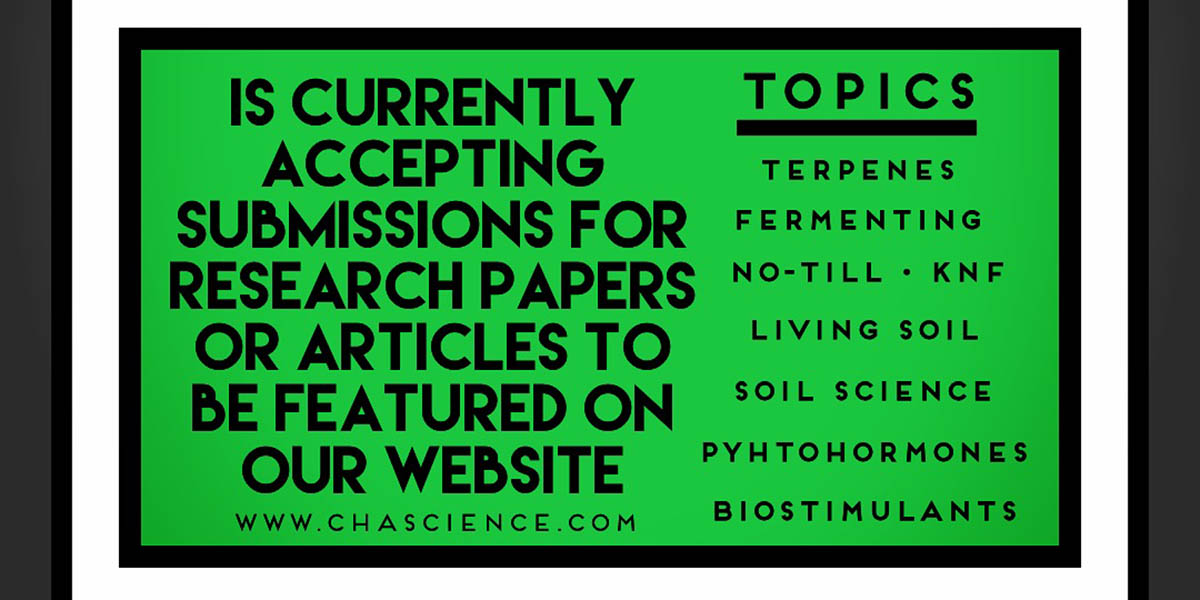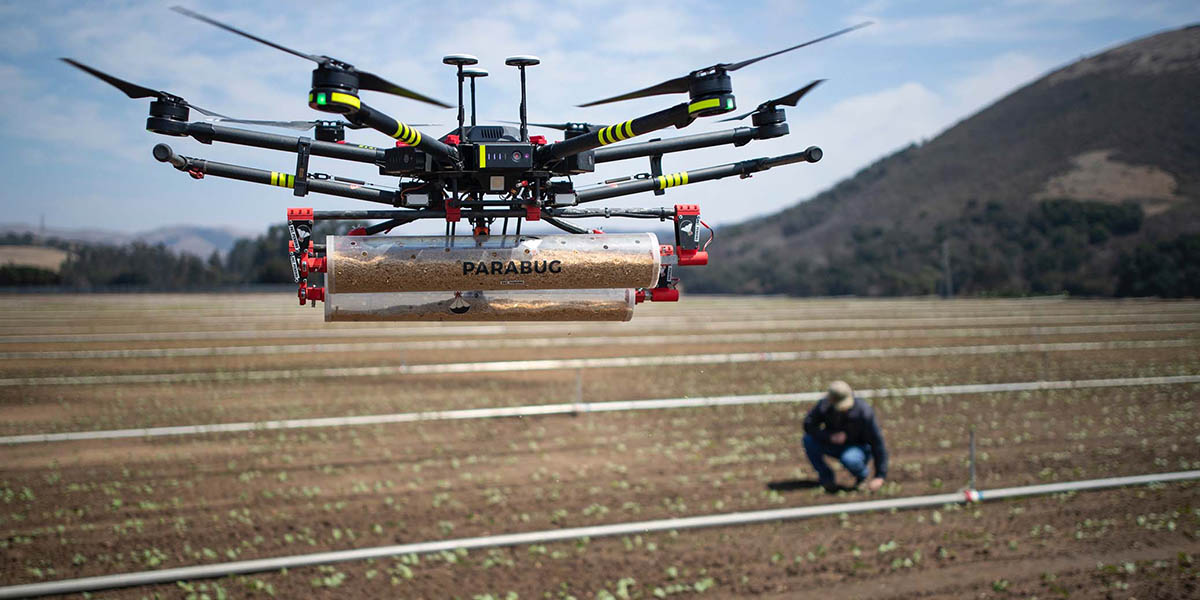Cannabis – The Ultimate Modulator
Every once in a while topics outside of horticulture come along that are so important they must be discussed. I always understood that cannabis modulates (ie: regulates) our bodies through our endo-cannabinoid systems. But I never really understood how extensive it actually was, until now…
In case you’re not aware of it, our bodies have and internal “endo”-Cannabinoid system and cannabis acts as the exo-cannabinoid, “exo” meaning external or outside. So the body has this lock and key system that produces its own endo-cannabinoids and cannabis are like a bunch of keys that are capable of unlocking a lot of locks in our bodies! While this may be an oversimplified version of this system, it’s provides a clear enough analogy to process.
…Cannabis – The Ultimate Modulator Read More »

